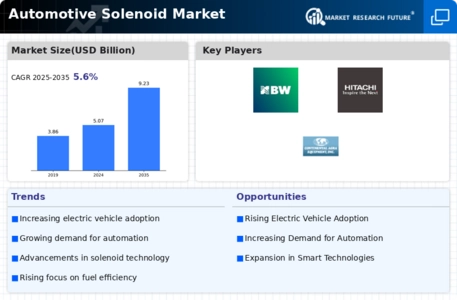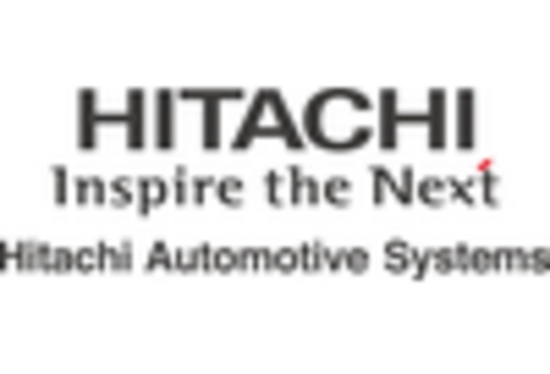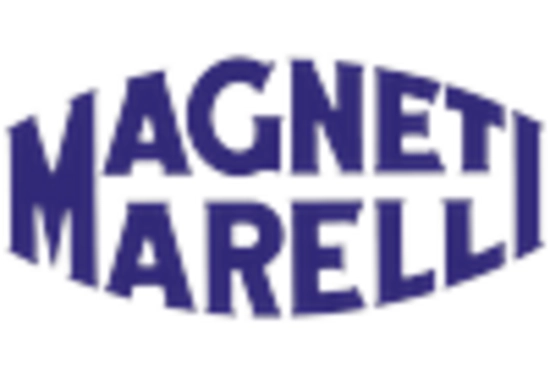Market Analysis
In-depth Analysis of Automotive Solenoid Market Industry Landscape
The prevalence of solenoid valves in the food and beverages industry is a testament to their vital role in various food processing applications. Renowned for their adaptability to wet and corrosive environments, as well as their resilience in extreme temperatures, many solenoid valves are crafted from stainless steel, a material highly resistant to contaminants. This characteristic makes solenoid valves an optimal choice for the stringent requirements of food processing, where maintaining hygiene and withstanding challenging conditions is paramount.
Within the food and beverages sector, stainless steel solenoid valves find widespread use across diverse applications, demonstrating their utility in critical processes. Industries such as meat and abattoirs, fish canneries, salting systems, ready meal manufacturing, and fruit and vegetable canneries commonly employ stainless steel solenoid valves. These valves, constructed to endure high pressures, are also integral components in salmon packaging lines, fish fillet preparation systems, and pasteurization processes.
At the core of a solenoid valve lies a simple yet effective mechanism that facilitates functions such as turning on, turning off, releasing, dosing, distributing, or mixing fluids. While the primary application of solenoid valves in the food industry revolves around controlling the flow and direction of fluids, their versatility extends to activities requiring batch control, such as those conducted in bottling facilities and canneries. Solenoids play a pivotal role in powering pneumatic and hydraulic systems, managing flush systems, controlling cylinders, driving fluid power motors, and operating larger industrial valves. Their ubiquity is evident in practically every process operation involving measurement, making them indispensable in tasks like grouping and flow control.
In food processing operations, solenoid valves are crucial for activities ranging from processing condiments, sauces, and ketchup into jars to controlling the flow into and out of drink dispensers in hot beverage dispensing equipment, including coffee-making systems. The use of stainless steel as the preferred material in the food processing sector underscores its merits—resistance to corrosion, rust, and staining, hygienic properties, and the ability to withstand a wide temperature range from -25°C to +200°C.
The adoption of solenoid valves in the food and beverages industry is not merely a technological choice but a strategic one, driven by the need for precision, reliability, and compliance with stringent hygiene standards. As these valves seamlessly integrate into a spectrum of food processing applications, their role in ensuring efficient fluid control and operational excellence becomes increasingly evident. The enduring nature of stainless steel solenoid valves, coupled with their adaptability to the challenging environments of food processing, positions them as indispensable components in an industry where quality, safety, and efficiency are paramount.









Leave a Comment